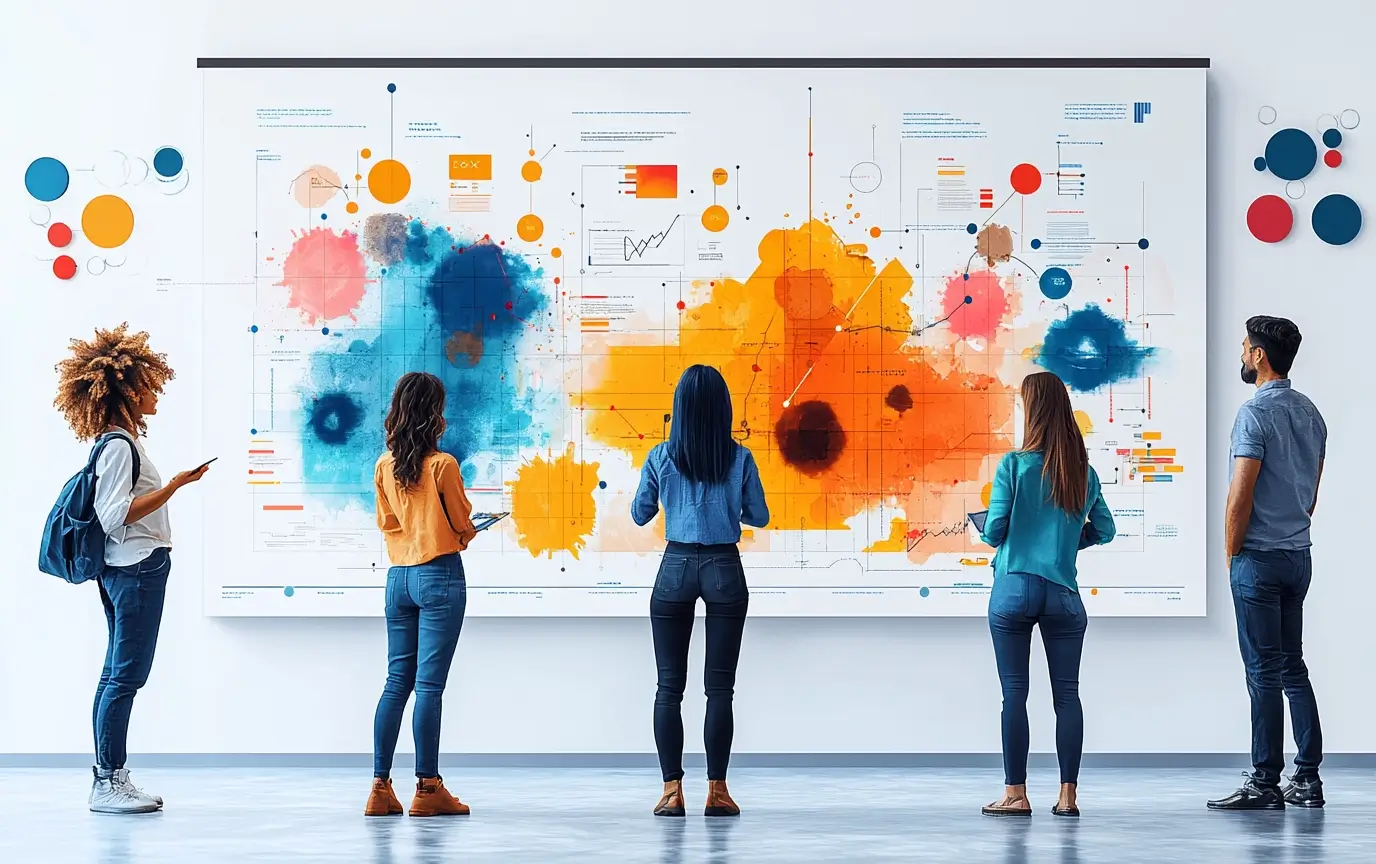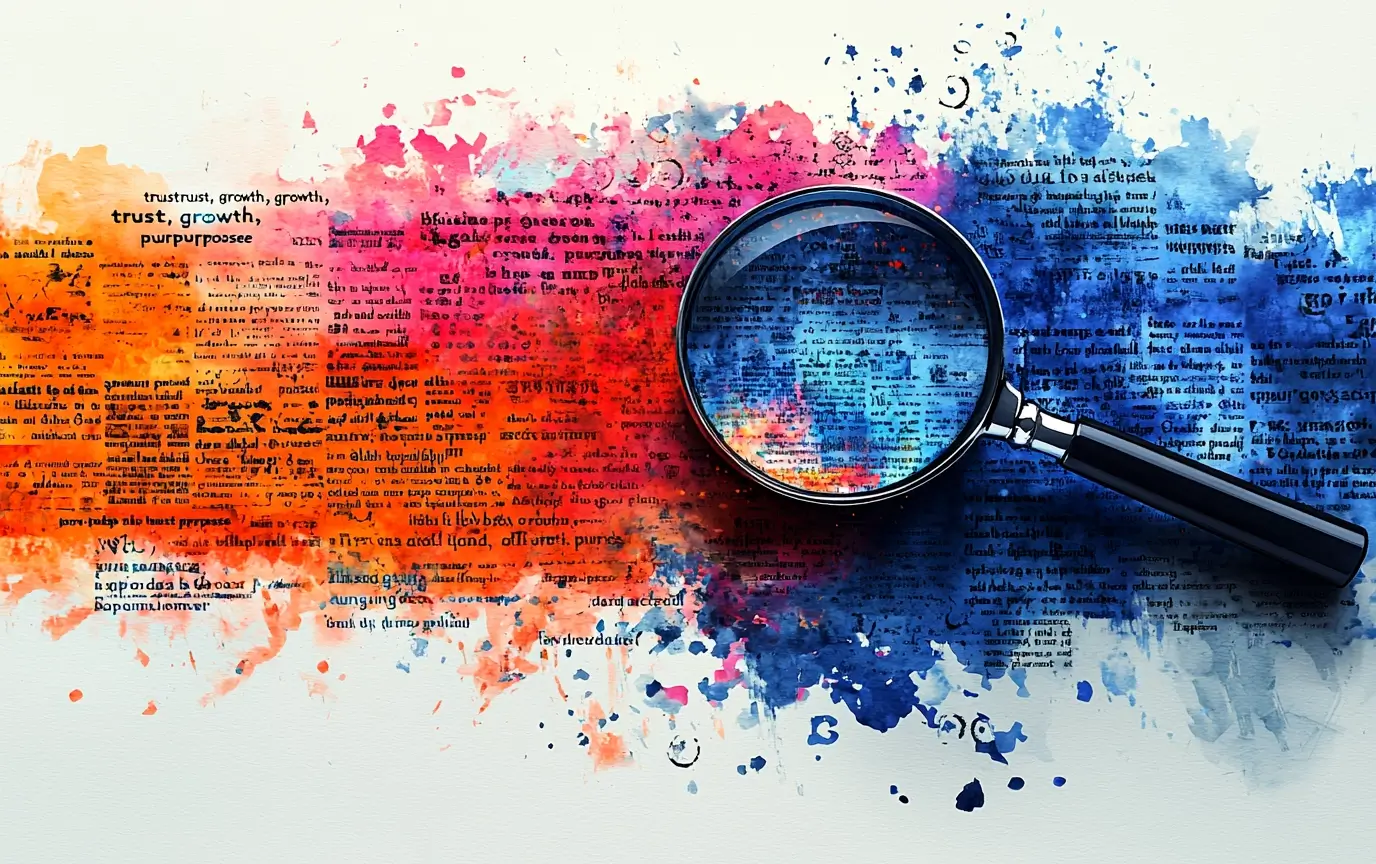Parsimony Bias: Preference for Simple Explanations

1. Introduction to Parsimony Bias
Think about the last time you heard a complex explanation for something and then compared it to a simpler one. Chances are, you found the simpler explanation more convincing and easier to understand. This preference is driven by Parsimony Bias.
Parsimony Bias, also known as Occam’s Razor, is a cognitive bias where individuals prefer simpler explanations over more complex ones, often assuming that the simplest explanation is the most accurate. This bias can significantly impact customer behavior, as customers tend to favor products, services, or brands that communicate clearly and avoid unnecessary complexity. Understanding Parsimony Bias is crucial in enhancing Customer Experience (CX) as it helps businesses present their offerings in a straightforward and easy-to-understand manner, reducing confusion and increasing customer satisfaction.
2. Understanding the Bias
- Explanation: Parsimony Bias occurs when individuals prefer simpler explanations over more complex ones, often believing that the simpler explanation is more likely to be true or correct.
- Psychological Mechanisms: This bias is driven by the human preference for cognitive ease, where simpler explanations are easier to process, understand, and remember, making them more appealing than complex ones.
- Impact on Customer Behavior and Decision-Making: Customers influenced by Parsimony Bias may choose products, services, or brands that offer clear, straightforward communication, avoiding those that seem overly complex or difficult to understand.
Impact on CX: Parsimony Bias can significantly impact CX by influencing how customers perceive and interact with products or services, particularly in scenarios where clarity and simplicity are valued.
- Example 1: A customer might choose a product with a clear and simple description over one with a more detailed but complex explanation, even if the latter offers more features.
- Example 2: A consumer may opt for a service that is marketed with straightforward, easy-to-understand messaging, avoiding competitors that use jargon or complicated terms.
Impact on Marketing: In marketing, Parsimony Bias can be leveraged by ensuring that messaging is clear, concise, and easy to understand, which can attract customers who value simplicity and clarity in their decision-making process.
- Example 1: A marketing campaign that emphasizes the key benefits of a product in a simple, straightforward manner can attract customers who prefer clear communication, leading to higher engagement and conversions.
- Example 2: Simplifying product descriptions, instructions, or user interfaces can reduce customer confusion and increase satisfaction, particularly among those who value ease of use.
3. How to Identify Parsimony Bias
To identify the impact of Parsimony Bias, businesses should track and analyze customer feedback, surveys, and behavior related to perceptions of complexity and simplicity, and implement A/B testing to understand how different levels of simplicity influence customer decisions and satisfaction.
- Surveys and Feedback Analysis: Conduct surveys asking customers about their preferences for simple versus complex explanations in product descriptions, marketing materials, or customer service. For example:
- "Do you prefer simpler explanations or more detailed, complex information when making a decision about a product or service?"
- "How important is it to you that product descriptions or instructions are easy to understand and straightforward?"
- Observations: Observe customer interactions and feedback to identify patterns where Parsimony Bias influences decisions, particularly in situations where customers prefer simpler, more straightforward options.
- Behavior Tracking: Use analytics to track customer behavior and identify trends where preferences for simplicity drive engagement, conversions, or loyalty. Monitor metrics such as bounce rates, time on page, and customer satisfaction scores related to messaging clarity and simplicity.
- A/B Testing: Implement A/B testing to tailor strategies that emphasize simplicity and clarity. For example:
- Simplified Messaging: Test different versions of marketing materials with varying levels of detail to see how simplicity influences customer decisions and engagement.
- User Interface Design: Test different user interface designs that vary in complexity, to understand how simplicity impacts customer satisfaction and ease of use.
4. The Impact of Parsimony Bias on the Customer Journey
- Research Stage: During the research stage, customers’ preference for simplicity can influence their initial perceptions and decision-making process, often leading them to favor brands that offer clear, straightforward information.
- Exploration Stage: In this stage, Parsimony Bias can guide customers as they evaluate options, with simpler, easier-to-understand choices often standing out as more appealing, even if more complex options offer additional benefits.
- Selection Stage: During the selection phase, customers may make their final decision based on the clarity and simplicity of the information they receive, leading to higher satisfaction if the chosen option aligns with their preference for simplicity.
- Loyalty Stage: Post-purchase, Parsimony Bias can influence customer satisfaction and loyalty, as customers who feel they made a clear and straightforward choice are more likely to remain engaged and loyal to the brand.
5. Challenges Parsimony Bias Can Help Overcome
- Enhancing Communication Clarity: Understanding Parsimony Bias helps businesses create strategies that emphasize simplicity and clarity, leading to stronger customer satisfaction and loyalty.
- Improving Engagement: By recognizing this bias, businesses can develop marketing materials and customer experiences that prioritize simplicity, increasing engagement and conversion rates among customers who value clear communication.
- Building Brand Loyalty: Leveraging Parsimony Bias can build loyalty by ensuring that customers feel confident and satisfied with their choices, leading to stronger relationships and repeat business.
- Increasing Satisfaction: Creating experiences that emphasize simplicity can enhance satisfaction by reducing confusion and making it easier for customers to understand and engage with the brand.
6. Other Biases That Parsimony Bias Can Work With or Help Overcome
- Enhancing:
- Cognitive Ease: Parsimony Bias can enhance cognitive ease, where customers prefer options that are easier to process and understand, making it important to ensure that messaging is clear and straightforward.
- Availability Heuristic: Customers may use Parsimony Bias to rely on the simplest, most readily available information when making decisions, reinforcing the importance of making key information easy to access and understand.
- Helping Overcome:
- Choice Overload: By simplifying decision-making through clear and concise communication, businesses can help customers overcome choice overload, making it easier for them to make confident decisions.
- Decision Paralysis: Addressing Parsimony Bias can help reduce decision paralysis, where customers struggle to make decisions due to too much or conflicting information, by ensuring that the most important details are communicated simply and clearly.
7. Industry-Specific Applications of Parsimony Bias
- E-commerce: Online retailers can ensure that product descriptions and reviews are clear, concise, and easy to understand, creating a sense of simplicity that appeals to customers who prefer straightforward communication.
- Healthcare: Healthcare providers can ensure that treatment options, procedures, and care plans are explained in a simple, easy-to-understand manner, reassuring patients that they are making a clear and informed decision.
- Financial Services: Financial institutions can simplify explanations of financial products, such as savings accounts or insurance policies, creating a sense of clarity that appeals to customers who value straightforward communication.
- Technology: Tech companies can simplify product descriptions, user interfaces, and customer support, creating a sense of ease and clarity that appeals to customers who prefer simple, intuitive experiences.
- Real Estate: Real estate agents can simplify property listings, pricing, and negotiations, creating a sense of clarity and transparency that appeals to clients who value straightforward communication.
- Education: Educational institutions can simplify program descriptions, admissions processes, and course materials, creating a sense of clarity that appeals to prospective students and their families.
- Hospitality: Hotels can simplify booking processes, amenity descriptions, and customer service, creating a sense of ease and clarity that appeals to guests looking for a straightforward and hassle-free experience.
- Telecommunications: Service providers can simplify pricing, features, and customer support, creating a sense of clarity that appeals to customers looking for straightforward and easy-to-understand options.
- Free Zones: Free zones can simplify regulations, benefits, and services, creating a sense of clarity and transparency that appeals to businesses looking for straightforward and predictable operating environments.
- Banking: Banks can simplify explanations of financial products, such as savings accounts, insurance policies, or investment options, creating a sense of clarity that appeals to customers who value straightforward communication.
8. Case Studies and Examples
- Apple: Apple’s emphasis on simplicity in product design, marketing, and user interfaces has helped establish the brand as a leader in creating clear, intuitive experiences that appeal to customers who value simplicity.
- Google: Google’s minimalist approach to its search engine and other products emphasizes simplicity and ease of use, creating a sense of clarity and efficiency that appeals to users worldwide.
- Amazon: Amazon’s simple and straightforward product descriptions, user interfaces, and customer support have helped create a sense of ease and reliability that appeals to customers looking for clear and easy-to-understand shopping experiences.
9. So What?
Understanding Parsimony Bias is crucial for businesses aiming to enhance their Customer Experience (CX) strategies. By recognizing and addressing this bias, companies can create marketing strategies and customer experiences that prioritize simplicity and clarity, ensuring that customers make informed decisions based on clear and straightforward information. This approach helps build trust, validate customer choices, and improve overall customer experience.
Incorporating strategies to address Parsimony Bias into marketing, product design, and customer service can significantly improve customer perceptions and interactions. By understanding and leveraging this phenomenon, businesses can create a more engaging and satisfying CX, ultimately driving better business outcomes.
Moreover, understanding and applying behavioral economics principles, such as Parsimony Bias, allows businesses to craft experiences that resonate deeply with customers, helping them make choices that align with their preferences for simplicity and clarity.
Check Renascence's Signature Services

Behavioral Economics
Discover the power of Behavioral Economics in driving customer behavior.

Mystery Shopping
Uncover hidden insights with our mystery shopping & touchpoint audit services.

Experience Design
Crafting seamless journeys, blending creativity & practicality for exceptional experiences.
Experience Loom
Discover the latest insights from industry leaders in our management consulting and customer experience podcasts.
The Naked Customer. Episode 3. Customer Loyalty, Brand Loyalty & CX
In this episode of The Naked Customer Podcast, host Aslan Patov is joined by JD Ackley, CEO of RAIZOR AI, to explore the evolving role of AI in customer experience (CX) and its impact on automation, job security, and creativity.
In this episode of The Naked Customer Podcast, host Aslan Patov is joined by Mark Hamill, CEO & Co-founder of ARCET Global, to explore the evolution of Customer Experience (CX) and its growing role in business transformation.
In this episode of The Naked Customer Podcast, host Aslan Patov is joined by Mark Hamill, CEO & Co-founder of ARCET Global, to explore the evolution of Customer Experience (CX) and its growing role in business transformation.
In this episode of The Naked Customer Podcast, host Aslan Patov is joined by JD Ackley, CEO of RAIZOR AI, to explore the evolving role of AI in customer experience (CX) and its impact on automation, job security, and creativity.
Experience Journal's Latest
Stay up to date with our informative blog posts.
%20in%20Healthcare.%20A%20Cure%20for%20Patient%20Pain%20Points.webp)
Customer Experience (CX) in Healthcare: A Cure for Patient Pain Points
%20Trends%20in%202026.%20What%20to%20Expect.webp)
Digital Transformation (DT) Trends in 2026: What to Expect

Behavioral Economics for Business: How Companies Use It Every Day
%20How-To.%20Practical%20Tips%20That%20Work.webp)
Employee Experience (EX) How-To: Practical Tips That Work
.webp)
The Critical Factors Influencing Employee Experience (EX)
%20Jobs.%20How%20To%20Succeed%20in%202025.webp)
Remote Employee Experience (EX) Jobs: How To Succeed in 2025
%20for%20SMEs%20in%20the%20Middle%20East.%20What%20Works%20and%20What%20Fails.webp)
Customer Experience (CX) for SMEs in the Middle East: What Works and What Fails

Why CX Starts With EX in 2026: Culture, Connection, Performance
%20Wheel.%20Mapping%20Outcomes.webp)
The Employee Experience (EX) Wheel: Mapping Outcomes

Behavioral Economics Can Best Be Described As "Psychology Meets Economics"

Behavioral Economics Is More Than Just Numbers

Behavioral Economics Explains Why People Are Irrational: And What to Do About It

Is Behavioral Economics Micro or Macro? Understanding Its Scope
%3F%20Strategies%20for%20Modern%20Organizations.webp)
How McKinsey Approaches Employee Experience (EX)? Strategies for Modern Organizations

Behavioral Economics Is Dead: Debates on Its Future
%20Leader%20Do%3F.webp)
What Does an Employee Experience (EX) Leader Do?
%20Leader%20Do%3F.webp)
What Does an Employee Experience (EX) Leader Do?
%20Is%20Important%20in%202026.webp)




